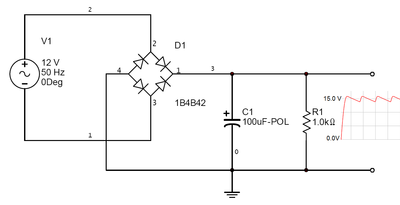I was digging in my basement and found a flash light, no ordinary one though, it is a hand crank flashlight, that turns a disk which alternates positive, negative, positive, negative, etc, to change the magnetic field, which displaces the electrons creating AC power for the bulb. sorry if I explained that wrong, I'm sure Kerm, an Elec. Engineer will swoop in to clear that up a bit, as I'm only a mere HS student lol. anyways, would it be possible to maybe splice a few wires (so to speak), with the flashlights hand-crank power generator, with a charger for a mobile device, to in return "charge" the device?
Is this possible? or am I just dreaming here. Should i still try it?
any suggestions or comments? thanks
Is this possible? or am I just dreaming here. Should i still try it?
any suggestions or comments? thanks
























